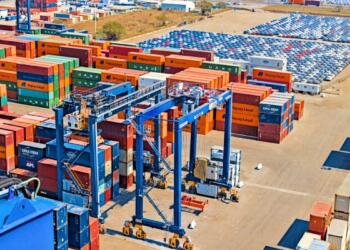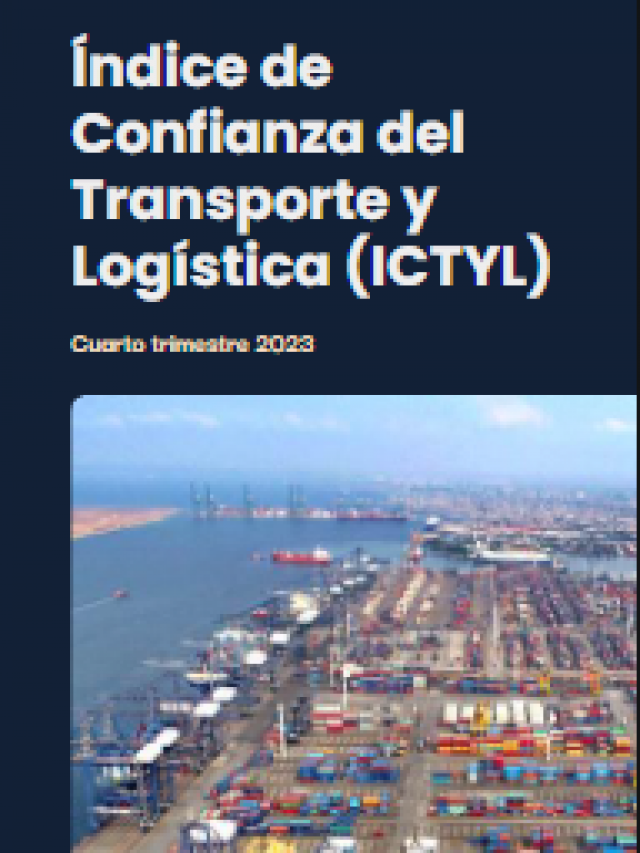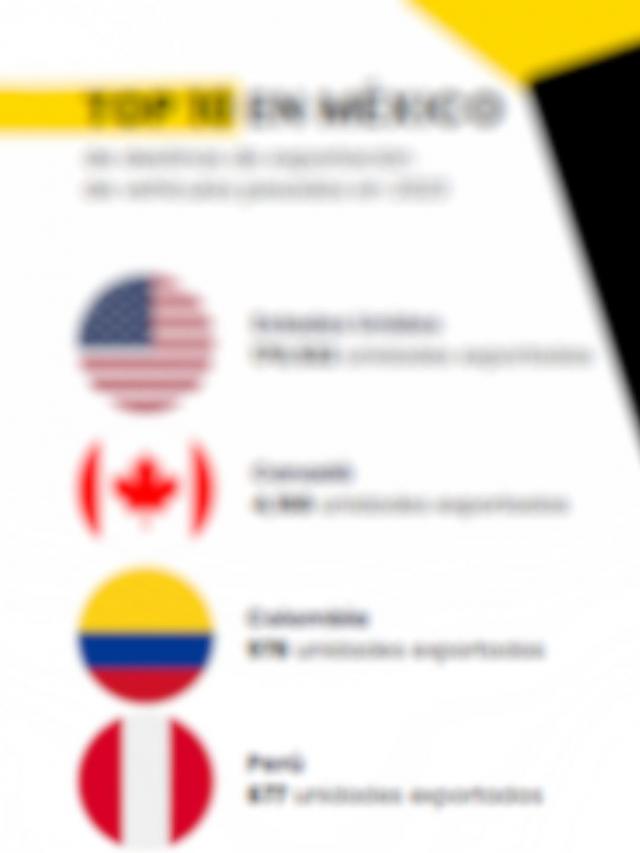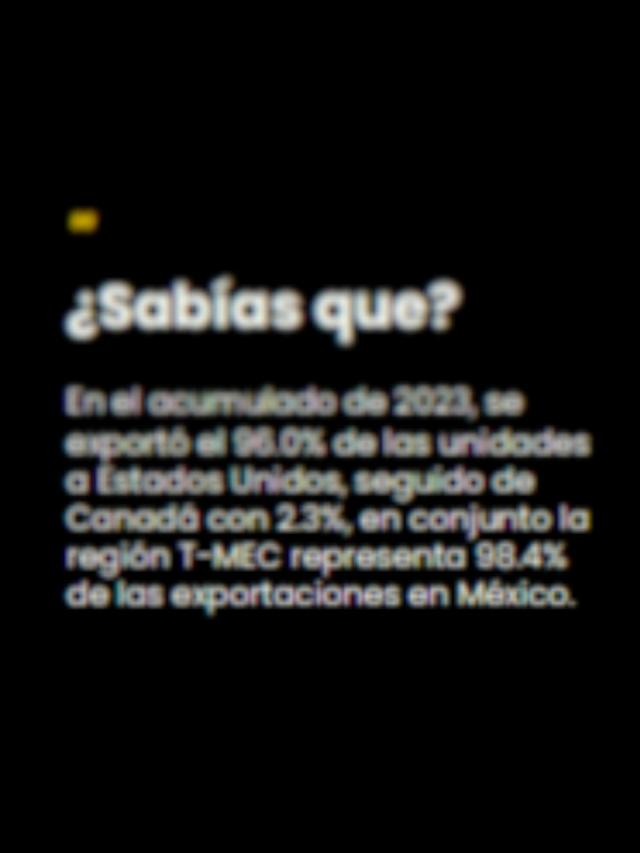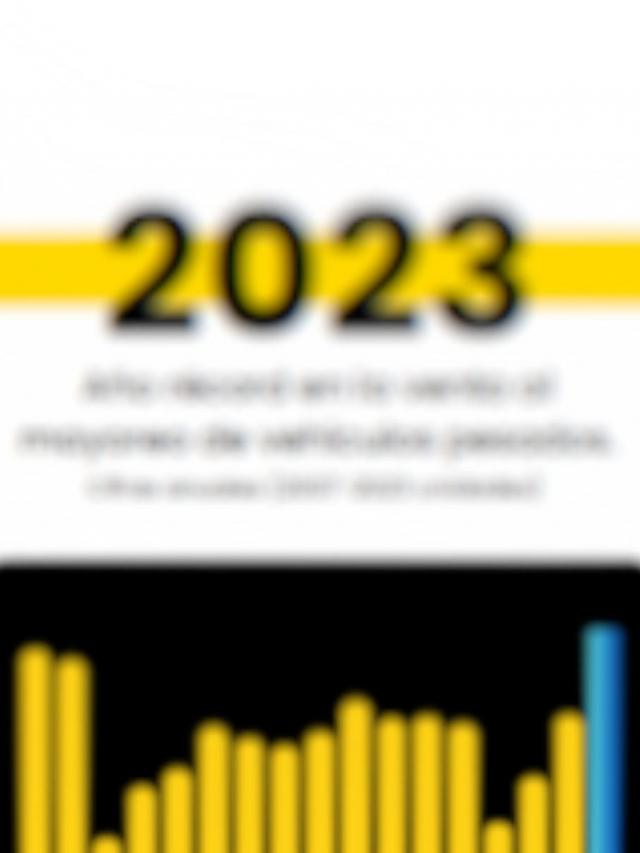
Given the current commercial and industrial challenges in North America, with the threat of tariffs on various Mexican products by the United States, the relocation of production lines in Mexico ( nearshoring ) continues to be a beacon for the arrival of foreign investment that is betting on that area, although specialists have identified challenges and opportunities to meet the demand derived from this phenomenon.
In the northeast region, in states such as Nuevo León, Coahuila and Tamaulipas, the automotive industry is one of the economic pillars that foreign firms seek to develop.
In the presentation of the forum Nearshoring in the global economy: Perspectives and challenges 2025 , Paul Maya , general director of Atos for Mexico and Central America, and vice president of the Franco-Mexican Chamber of Commerce and Industry (CCI France Mexico) Northeast Chapter , highlighted that the manufacturing and automotive sectors have a significant presence in that area of the country.
According to CBRE , a real estate firm, demand for real estate in Mexico due to nearshoring will exceed two million square meters (m2) by 2024, with the automotive industry accounting for 39% of that figure, followed by household appliances and electronic devices.
Maya pointed out that companies in sectors such as retail , automotive, and aerospace manufacturing are also investing in that region. Regarding the source of the funds, she specified that companies from France, Korea, China, Germany, Spain, Japan, and Brazil are among the main investors.
Regarding the tariffs that Donald Trump , President of the United States, wants to impose, he said that if they materialize, it would not be beneficial for any country.
“It wouldn’t be beneficial for either party. There’s a chance there will be some specific issues in some areas, but so far we’ve seen that automotive issues are being postponed as long as possible, and there’s a chance they won’t eventually happen,” he explained.
Along these lines, he considered that the automotive industry should continue with its plans, that is, continue investing in the sector to take advantage of Mexico’s geographic proximity to the world’s largest consumer market.
At a conference to announce the program for the forum to be held on March 13 in Monterrey, Nuevo León, organized by the Northeast Chapter of the Franco-Mexican Chamber of Commerce and Industry, Paul Maya identified that one of the main challenges to achieving nearshoring relates to the infrastructure , with the supply of electricity, water, and roads, as well as labor.
In light of current issues, the specialist indicated that Mexico should strengthen its relationship with the European Union and that investments from countries such as France and Germany should continue.
According to the Ministry of Economy (SE) , in 2024 Mexico received 36.872 billion dollars (mdd) of Foreign Direct Investment (FDI) , which represented an increase of 2.3% compared to 2023, when it was 36.058 billion dollars , reaching a new historical maximum .
According to the federal agency, the United States remained Mexico’s main investment partner, accounting for 45% of total flows ( US$16.513 billion) . Japan followed with 12% , Germany with 10%, Canada with 9% , and the Netherlands with 5%.
These investments could be affected by the protectionist policy that Donald Trump seeks to impose with the application of 25% tariffs on various Mexican products, and a similar rate on the import of steel and aluminum from Mexico and Canada, as well as other countries, in addition to impacting the commercial integration of North America and the next revision of the Treaty between Mexico, the United States and Canada (T-MEC) , scheduled for 2026.
Comment and follow us on X: @Eliseosfield / @GrupoT21









